What is cloud computing?
In cloud computing, the capital investment in building and maintaining data centers is replaced by consuming IT resources as an elastic, utility-like service from a cloud “provider” (including storage, computing, networking, data processing and analytics, application development, machine learning, and even fully managed services).
Whereas in the past cloud computing was considered the province of startups and aggressively visionary enterprise users, today, it is part of the enterprise computing mainstream across every industry, for organizations of any type and size.

What we offer
What are the benefits of cloud computing
Cloud computing has made a profound impact on innovation and the economics of business overall. It gives forward-looking organizations the opportunity to not only improve flexibility, reduce costs, and focus on core competencies, but also to fully transform how they operate — for example, by re-designing internal workflows or customer interactions as digital experiences that extend from the data center all the way through to mobile devices.
Specifically, the business advantages of cloud computing include:
- Resources can be purchased and consumed on a “pay-as-you-go” basis, and increased or decreased as needed for optimal utilization.
- Capital expenses can be converted into operating expenses.
- Cloud customers can focus on rapid innovation without the expense and complexities of hardware procurement and infrastructure management.
- End-user productivity is likely enhanced because no software is installed, configured, or upgraded on personal devices, and services can be accessed from anywhere.
- Infrastructure functionality, performance, reliability, and security are likely to improve because customers can benefit from “vertically integrated” stacks that are customized at every level — which would be out of reach for on-premises deployments built from off-the-shelf components.
What’s next for cloud computing?
Initially, cloud computing was premised on running IT infrastructure in a more flexible, more cost-effective way. In contrast, the next wave of cloud computing is about helping customers forget about the existence of that infrastructure entirely (aka “serverless” computing), thereby freeing them to unlock full digital business transformation.
Will cloud computing work with existing infrastructure?
Although some companies have “lifted and shifted” their entire infrastructure to the cloud as part of a full digital transformation, most will choose to take a gradual approach that presumes a hybrid environment. For that reason, it’s important for your cloud provider to support integration with on-premises systems via standard connectors and interfaces, in addition to open frameworks and APIs that help make customer applications portable to other platforms (whether on-premises or cloud-based).
What are good initial use cases for migrating to the cloud?
- Disaster recovery (DR): maintaining data center redundancy can be expensive. Instead, storing redundant data in the public cloud, coupled with the use of specialized tools for managing the DR process, can be more cost-effective.
- Development & testing environments: similarly, using public-cloud infrastructure in lieu of replicating on-premises resources for test/dev can make significant capital investments unnecessary.
- Managed services: Collaboration apps (e.g., G Suite), data analytics (e.g., Google BigQuery), and even machine learning (e.g., Google Cloud ML Engine) can now be consumed as services that complement on-premises systems before making a wholesale infrastructure shift to the cloud.
- Data archiving: the public cloud can provide data storage at massive scale and cost-effectively.
- Specialized compute-intensive workloads: When access to massive computing power is needed but only on a transient/ad-hoc basis, the cloud is an efficient option.

